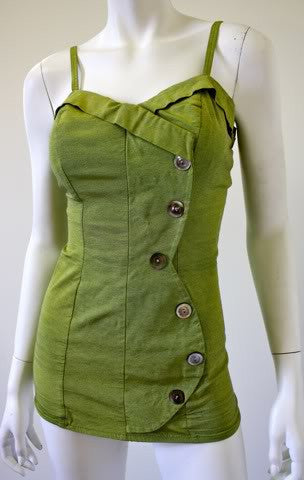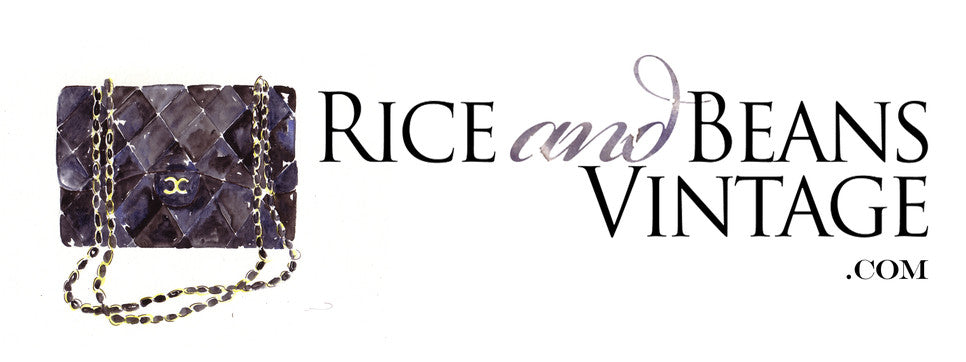Pret-a-Porter & The 1950’s April 19 2022
When I was eight or so, my mother bought me my first pair of saddle shoes—and I loved them. I wore them all the time—usually with my favorite pair of black stirrup pants (I know—eek)— and imagined I was in a time of poodle skirts and hair ribbons, saddle shoes and ice cream parlors. In a nutshell, my ideal version of popular 1950s fashion.
The 1950s saw many important events—McCarthyism, the Korean War, Brown vs. The Board of Education, Rosa Park’s stand and the resulting Montgomery Bus Boycott, the execution of the Rosenberg’s, the invention of the polio vaccine, the formation of NASA, and the influence of such icons as Elvis and Marilyn Monroe. The fashion of the decade was a little more stable—Dior’s New Look (cinched waist, full skirt) at the end of the 1940s continued on to the next decade. Although hemlines rose and hemlines dropped, and full skirt modified somewhat with the popularity of the pencil skirt, the ideal of the hourglass silhouette remained. Achieving that silhouette sometimes required some extra help (which, as women, we all know—who doesn’t swear by a good pair of Spanx?), so the 1950s saw a surge in the production of foundation garments—bullet bras, waist-cinchers, girdles, and crinolines, oh my!

Most importantly, the 1950s saw something the beginning of something we all take for granted today—prêt-a-porter, or the ability to walk into a store and buy something ready-to-wear instead of placing an order. Sensing the need, the US Production Board sponsored a measurement survey of 100,000 women and used that information to set standardized sizes for the garment industry.
After years of picking up positions in the work force left vacant by men who enlisted in World War II, women in the 1950s were largely back in the home, in charge of raising the children, keeping the house clean and attractive, and entertaining for the purpose of promoting and furthering their husband’s careers. As a result, women were always outfitted in an attractive house dress during the day, and donned a cocktail dress for evening activities. Hats were essential for travel outside the home, as were gloves (short for daytime, long for evening).

Designers of the 1950s worked hard to keep up with the trends, but also sought to introduce something new. Balenciaga came out with the sack dress in the mid-1950s, and the issue of the “wandering waistline” came to light—would women prefer the fitted waist of Dior’s New Look, or the non-existent waist of Balenciaga’s creation? Suzy Perette, Lilli Ann, and Cecil Chapman embraced the concept of prêt-a-porter and led the nation in becoming the foremost consumers of ready-to-wear products. Yves Saint Laurent designed his Trapeze Dress for the house of Dior in 1958, Chanel adopted an open-jacket policy that allowed blouses to be a focal point instead of a hidden necessity, and Grace Kelly used the Hermes bag soon to be named after her to shield her pregnancy. Designers like Pierre Cardin, Claire McCardell, Bonnie Cashin, and Givenchy were influencing fashion trends of the time. Talk about lasting power and the cyclical nature of fashion—Pierre Cardin came out with his bubble dress in 1954, a version of which I wore as a bridesmaid in a friend’s wedding just a few years ago.

